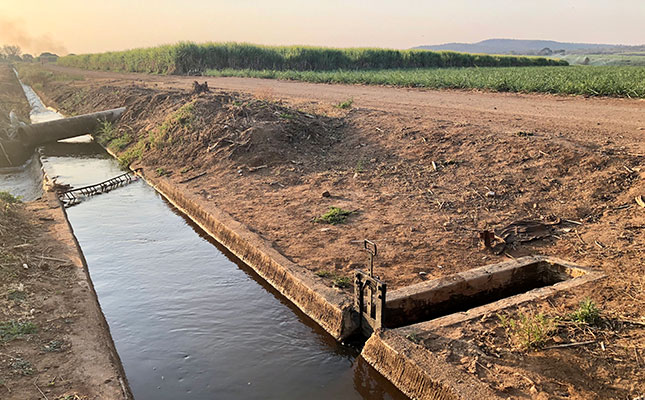Struggle to access water behind many land reform failures

There are a few common threads that run through most stories of those people who have, over the past 25 years, benefitted from one of South Africa’s land reform and agricultural transformation programmes.
A lack of tenure security and post-settlement support, and insufficient access to markets and knowledgeable extension officers, are some of the most common issues that beneficiaries have persistently struggled with.
Another key challenge that many land reform beneficiaries experience is the serious lack of access to water and irrigation infrastructure. This was one of the problems raised by farmers we featured in last week’s (FW, 4 September).
In both instances, the farmers have been waiting for many years for government to make good on its promises to provide boreholes and other irrigation water infrastructure that would enable them to start producing crops at a commercial level.
Putting boreholes, canal systems and dams in place is an expensive undertaking, but when it comes to transformation of the farming sector, I struggle to think of anything that could be more crucial to the success of new farmers than having access to water.
And in some cases, the problem is only made worse by an incapable bureaucratic system that farmers have to navigate to secure water rights. Solly Letsoalo, a farmer from Limpopo, has struggled for seven years with the transferring of water rights linked to the farm he leases from the state to his name.
According to Letsoalo, he has been writing letters to various state departments and institutions since 2013 to get the water rights transferred, but each of his emails were answered vaguely, with most just passing the buck.
No wonder then that Letsoalo believes that “people in the water and agricultural departments don’t know what they are doing”.
A full-blown water disaster has been slithering closer for South Africa for many years. The South African Institution of Civil Engineering’s Infrastructure Report Card for South Africa, last published in September 2017, gave the state of South Africa’s infrastructure an overall grade of D+, which denotes a ‘At Risk of Failure’ status, only one grade higher than the lowest grade, an E. Water supply (outside of major urban areas) got a D-.
Government’s own National Water and Sanitation Master Plan, published in 2018, projected that without serious intervention, South Africa would face a water deficit of 17% by 2030.
The document stated that 35% of South Africans did not have access to reliable water supply, and that between 55% and 70% of the country’s waste water and water treatment works were either in a critical of dysfunctional condition.
It was estimated that the country was spending R33 billion/year less than was required to achieve water security and avoid running into serious shortages by 2030.
In the two to three years that have passed since these reports were published, things have only got worse. And given the dooming economic catastrophe bearing down on us, it is highly unlikely that South Africa will be in a position to spend enough to evade the looming water crisis. Unfortunately for farmers like Letsoalo the wait for water is far from over.
Source : farmer’s weekly

